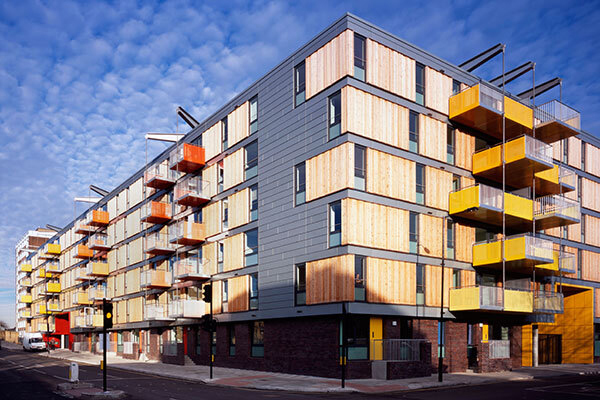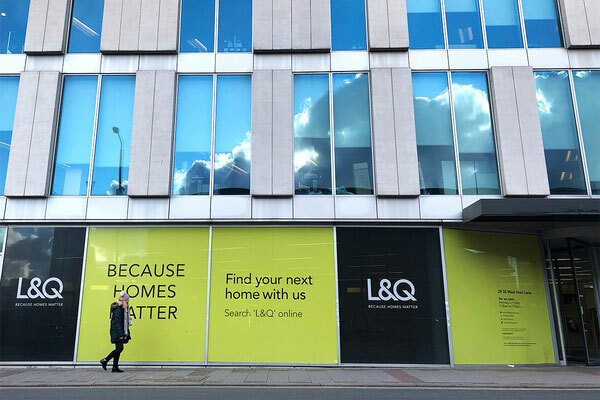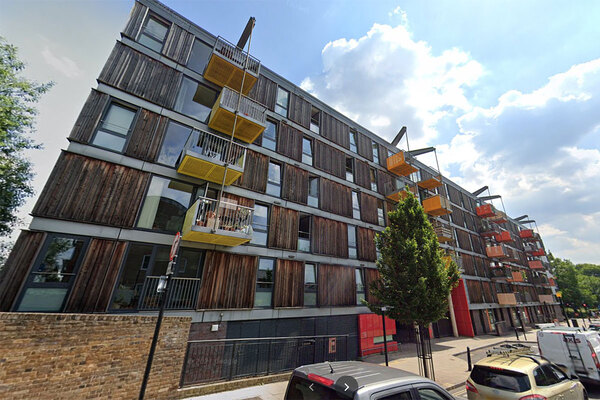You are viewing 1 of your 1 free articles
The story explained: what is the latest on the EWS1 crisis?
It has been a busy few weeks in the world of building safety. But will the government’s strong new rhetoric release thousands of leaseholders trapped in unsafe blocks? Jack Simpson explains the current situation

What is an EWS1 form?
Banks require the External Wall System 1 (EWS1) form before they provide a mortgage on a flat. It was created to define whether a building has dangerous materials in its external walls. The form is signed by a qualified inspector after they have surveyed a building. If they give it a clean bill of health, the bank will provide a mortgage. If they do not, the building must be remediated first.
EWS1 was set up for buildings higher than 18 metres. However, after the government published its consolidated advice note (CAN), which stated that all buildings must be checked regardless of height, banks started requesting checks on far lower buildings, causing tens of thousands of buildings to be brought into scope, and paralysis in the flat sale market.
It has been a significant few weeks for EWS1. Why?
At the end of July, housing secretary Robert Jenrick made a surprise announcement that buildings under 18 metres tall would no longer require EWS1 forms. The decision was made after the government’s expert panel analysed the number of fires in such buildings and found no systemic risk. In theory, tens of thousands of leaseholders no longer needed an EWS1 form and could sell their homes.
But it was not that simple. Within a week, banks said they would budge only when the government replaced the aforementioned CAN, and the Royal Institution of Chartered Surveyors (RICS) changed its EWS guidance. The government said it would replace CAN imminently. However, it could take months for RICS to change the guidance, if it decides to do it at all. RICS said any changes would need to go through a consultative process and be reviewed by an independent body to see whether they are in the public interest.
Has anything similar happened before?
Yes, last November. In a press release by the Ministry of Housing, Communities and Local Government, Mr Jenrick announced that buildings with no cladding would no longer require an EWS1 form. The government said it meant 450,000 leaseholders would no longer need a form, adding that it had agreed this with UK Finance – the body that represents the UK’s banks – and the Building Societies Association.
The only problem was that it had not been agreed. Within hours, both bodies said they had not given their consent to be included on the release. Banks did not follow and EWS1 forms were still required. In March, it was take two from the government, when it announced that new RICS guidance would mean 500,000 leaseholders would be spared the need for an EWS1 form. This time there was more buy-in from banks, but again, as Inside Housing revealed in April, not all were willing to follow it.
What about buildings that have been checked already?
Well, it looks like they will still need remediation work. After the government’s announcement, RICS said that work was still likely to be needed on buildings that had already been checked and were found to have dangerous materials. This is because, as part of RICS rules, valuers must consider all known information about a building. This could mean those who did the right thing early, in getting a check, could be punished.
What does the government suggest to get around that?
It says all buildings that have been checked previously and deemed in need of remediation should be, well, checked again. Many leaseholders have had to wait for several months to get these buildings checked and in some cases paid hundreds of thousands of pounds for EWS1 forms. A programme of reinspection promises to place more costs on leaseholders and take a lot longer.
So, what happens next?
There are strong rumours that CAN will be replaced this autumn, and there may be new guidance from RICS. Will the banks follow? That remains to be seen, but many of them have promised to, as long as these two requirements are met.
These are all big ifs. It is also important to understand what is coming down the road. The EWS1 form will, at some point, be replaced by the Fire Safety Bill, which will require external walls to be checked as part of a fire risk assessment. In future, banks are likely to use these requirements as their barometers for whether a building is safe to lend on.
Sign up for our fire safety newsletter
Already have an account? Click here to manage your newsletters












